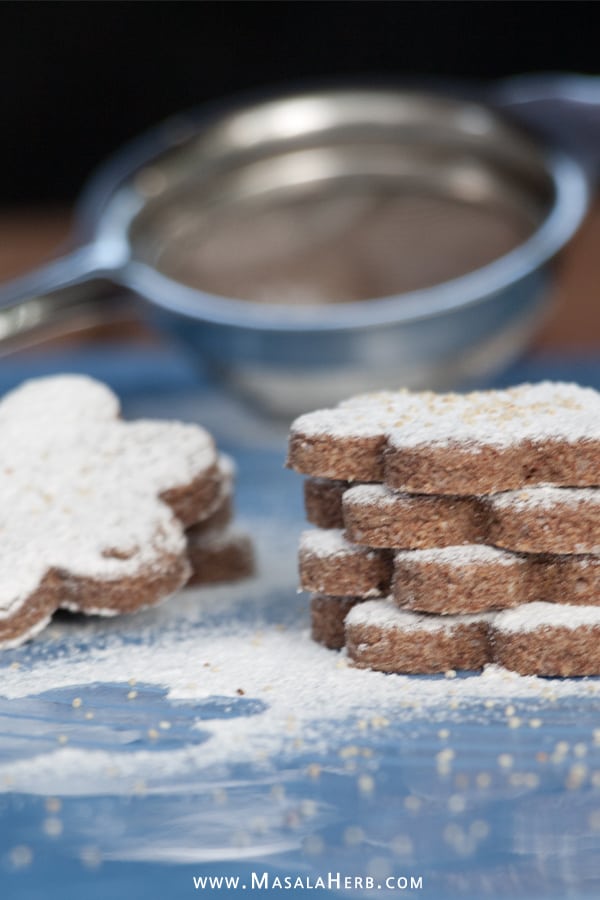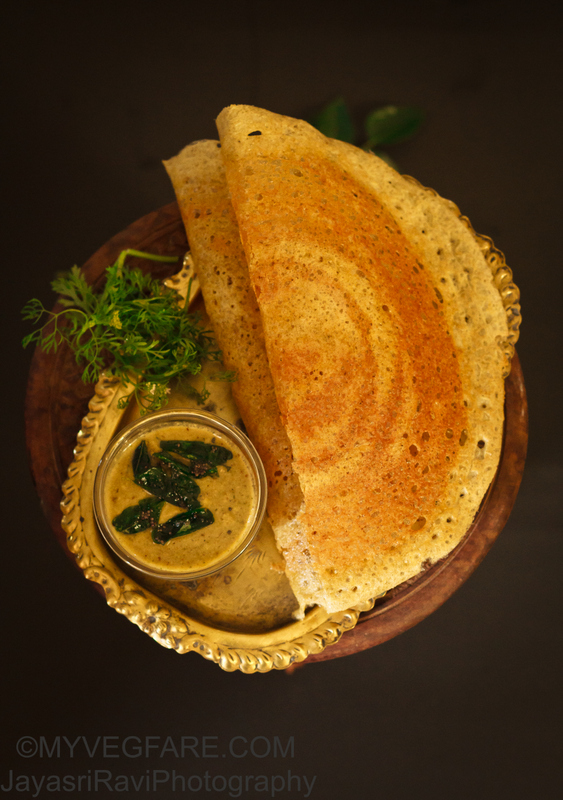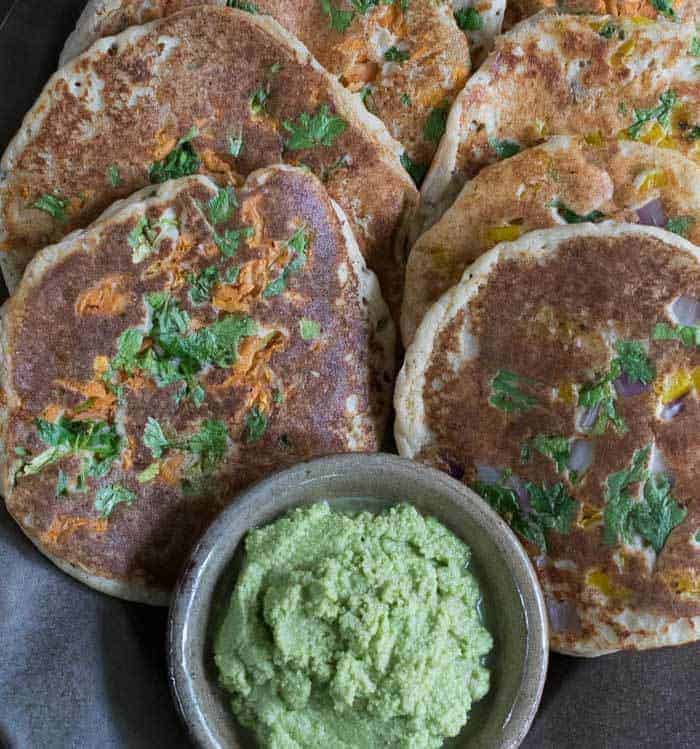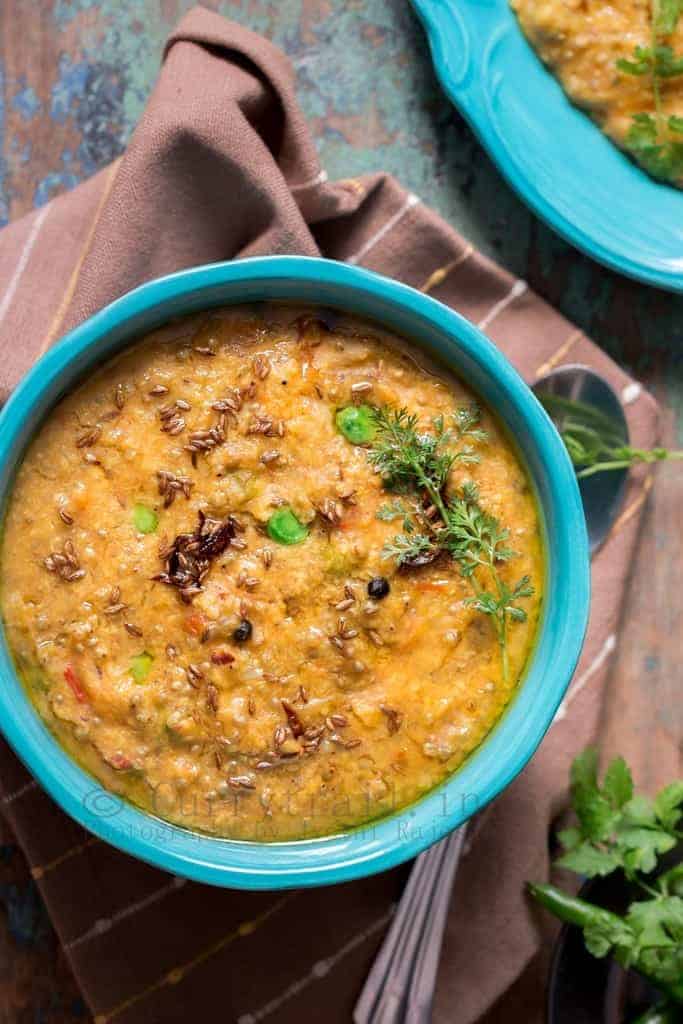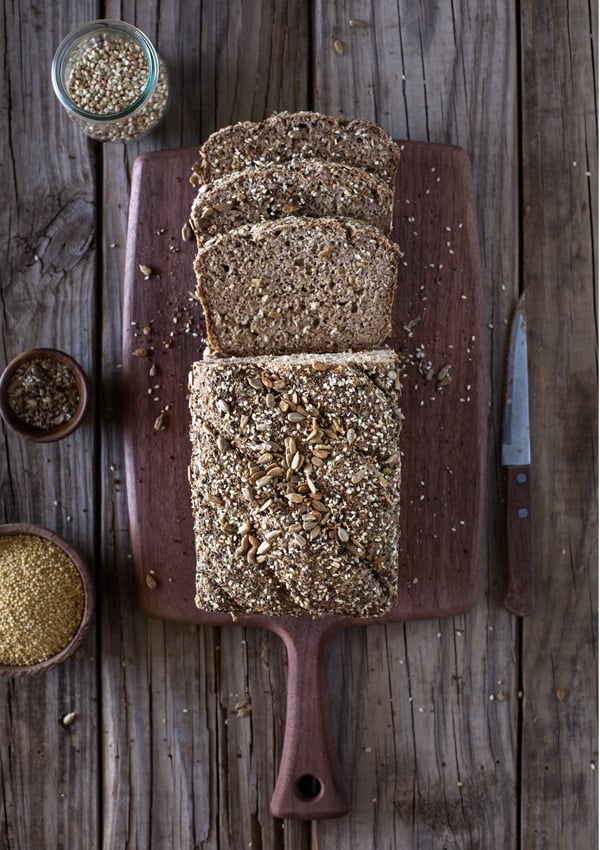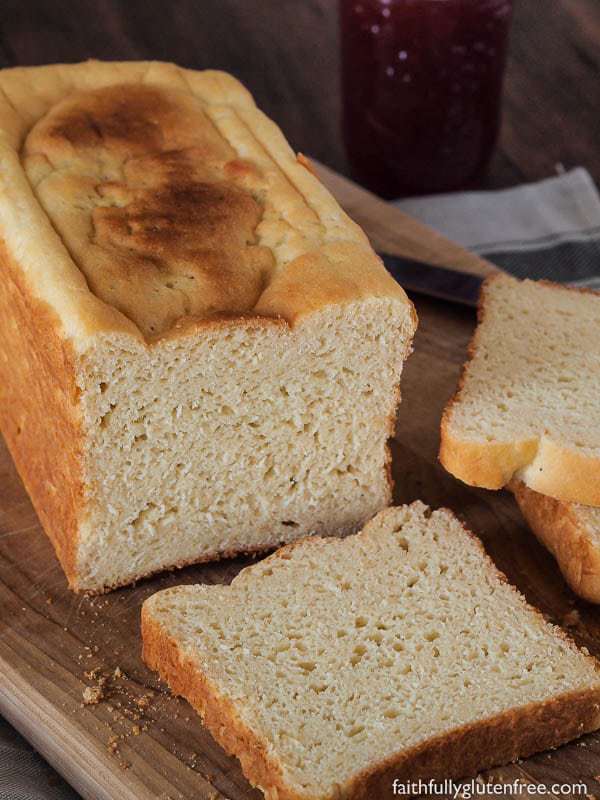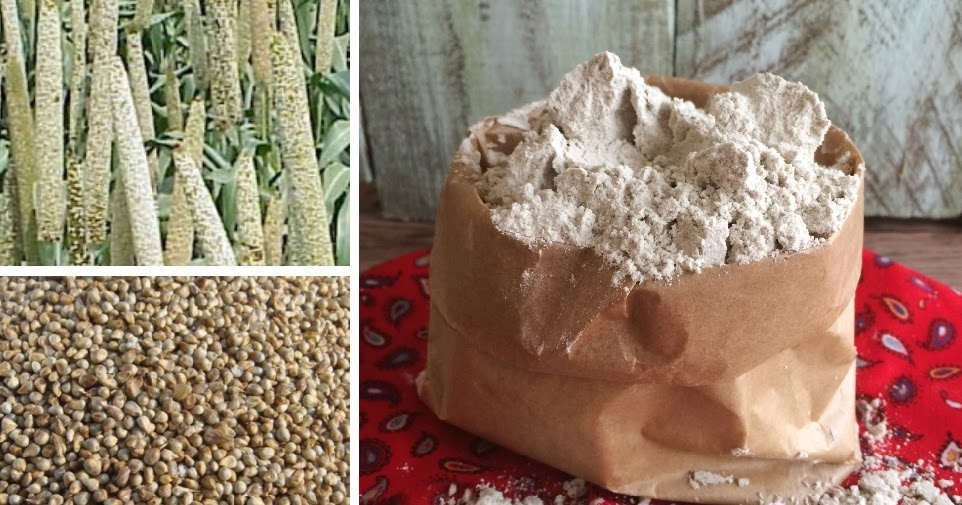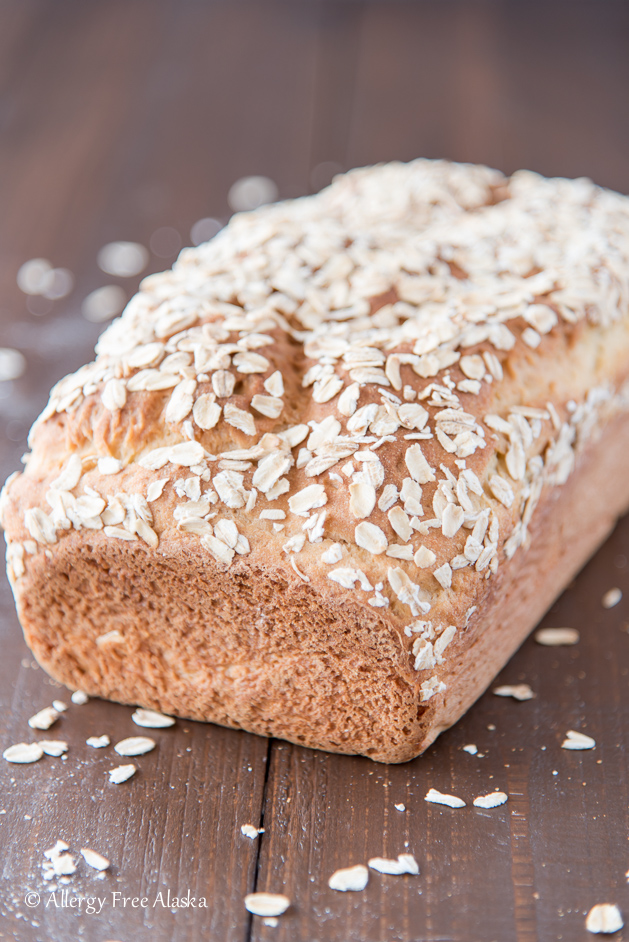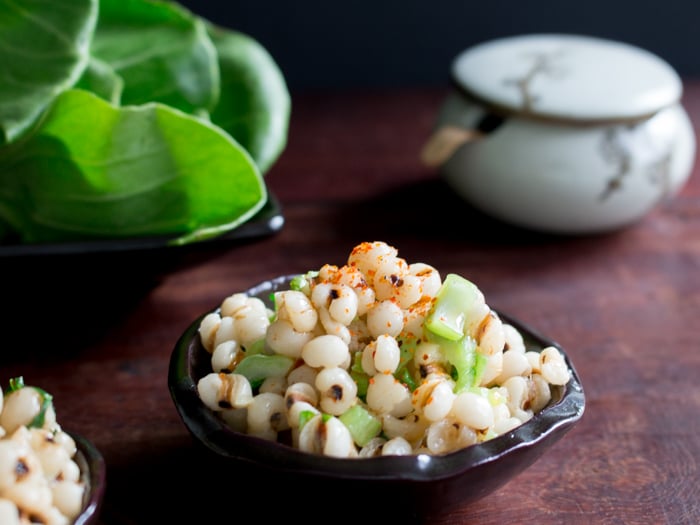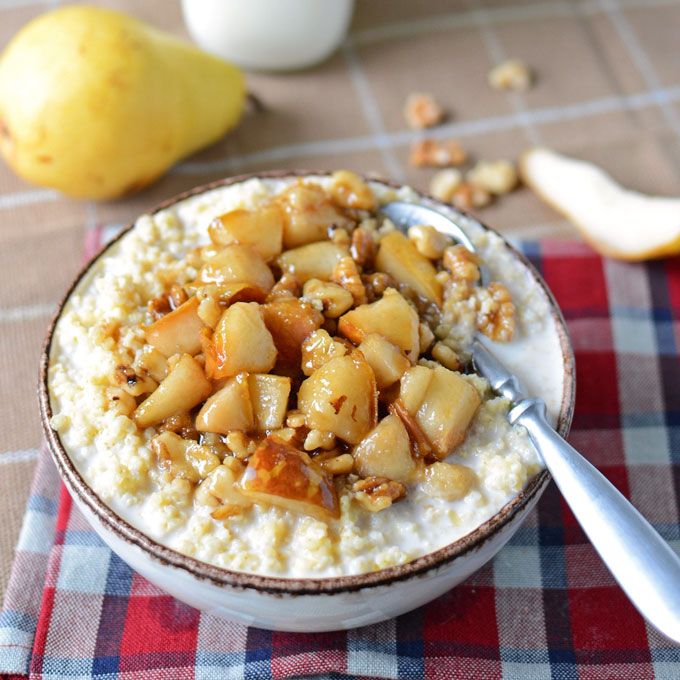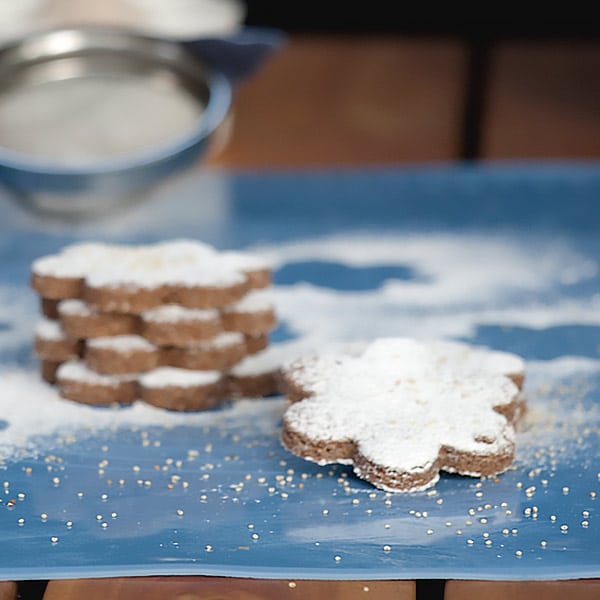Millet Recipes — A collection of flavorful dishes prepared with the ancient grain known as millet.
I believe the world should take a look at this grain, known as Millet!
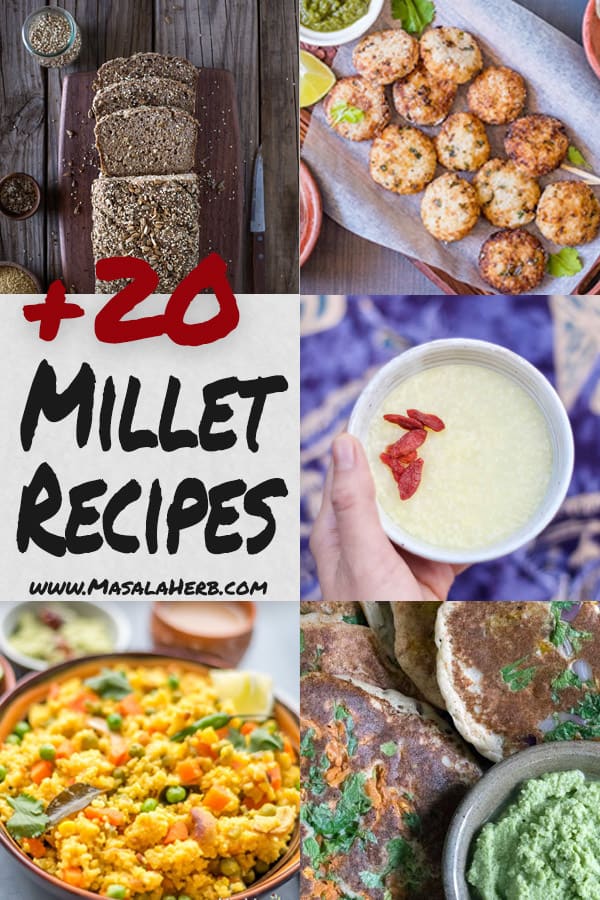
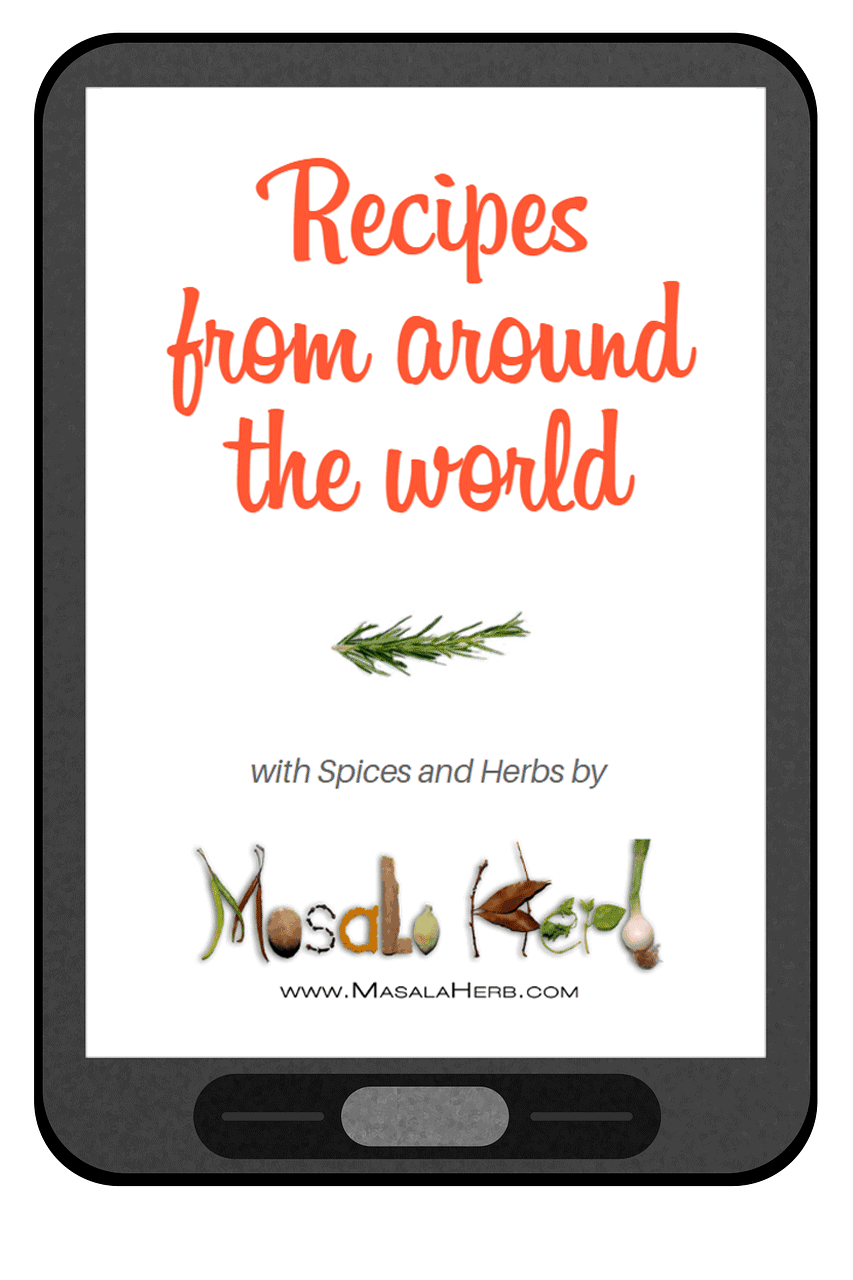
Global Food Recipes
with Spices and Herbs
Free E-Book available for a limited time. Grab yours now and get instantly inspired!
You missed out!
That's why I have put together some knowledge about what millet is, why you need to try this ancient grain, the types of millets, why Millet is significant and how to cook with millet.
You will also locate a rich diverse source of various millet recipes for breakfast, to prepare homemade bread, appetizers, dinner, and even desserts.
This should get you going to explore the many faces of millet grains!
Jump to:
- Pearl Millet flour Porridge
- Rajasthani Bajra/Bajri Raabdi
- Buttermilk Pancakes
- Gluten-free Buttermilk Pancakes
- Basic Millet Porridge
- Millet Porridge
- Foxtail Millet Upma
- Foxtail Millet Upma | Thinai Arisi Upma
- Proso Millet and Green Gram Dosa
- Proso Millet and Green Gram Dosa / Idli
- Uttapams with Cilantro Coconut Chutney
- Instant Pot Uttapams Savory Indian Pancakes
- Millet Khichdi (Spiced Porridge)
- Millet Khichdi
- Millet and Buckwheat Bread
- Millet and Buckwheat Bread {Vegan + Gluten-Free}
- Finger Millet Flat Bread
- Finger Millet Flat Bread
- Millet Sandwich Bread
- Gluten Free Millet Sandwich Bread Recipe
- Sprouted Wheat Millet Sandwich Bread Recipe
- Vegan Sprouted Wheat Millet Sandwich Bread Recipe
- Pearl Millet Flat Bread
- Bajra na Rotla - Millet Flour Flatbreads
- Oatmeal Millet Bread
- Oatmeal Millet Bread
- How to Cook Tasty Gluten-Free Job’s Tears
- How to Cook Job’s Tears
- Barnyard Millet Fritters
- Barnyard millet and potatoes
- Cranberry Bean, Millet, and Bulgur Chili
- Vegan Instant Pot Cranberry Bean, Millet and Bulgur Chili
- Kidney Bean Millet Beet Burger
- Kidney Bean Millet Beet Burger
- Barnyard Millet and Fox Nuts Pudding
- Barnyard Millet and Fox Nuts Pudding
- Pears with Brown sugar, Bourbon, and Millet
- Pears with Brown Sugar, Bourbon, and Millet
- Finger Millet Poppy Seed Cookies
- Finger Millet Poppy Seed Cookies
- 💬 Comments
I have put together a collection of +21 various millet recipe ideas.
This includes mostly breakfast millet recipes, bread millet recipes and some millet appetizers, whole meals, and dessert.
The recipes are made from scratch and call for several millet varieties.
If you read only millet without an explanation of which millet variety has been used in the recipe, you can usually assume Pearl Millet, as it is the most commonly used Millet.
The 20+ Millet Recipes have been carefully picked from various popular food blogs on the web and included only trustworthy recipes.
To get to the full recipe to print and save, you can click on the title or the picture.
Pearl Millet flour Porridge
Rajasthani Bajra/Bajri Raabdi
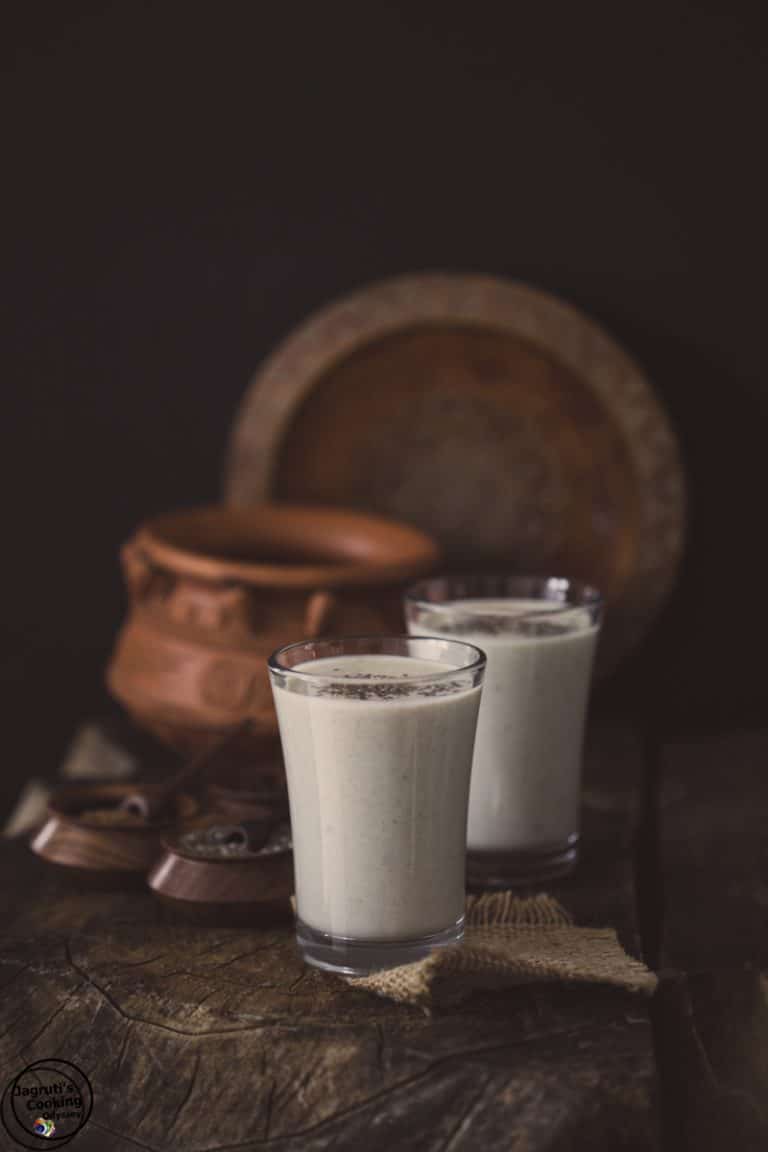
~~~
Buttermilk Pancakes
Gluten-free Buttermilk Pancakes
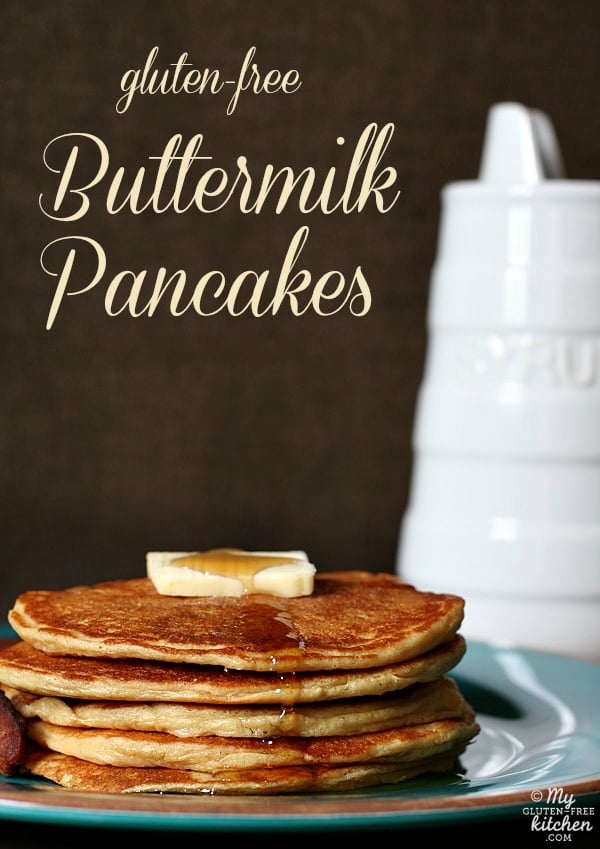
~~~
Basic Millet Porridge
Millet Porridge
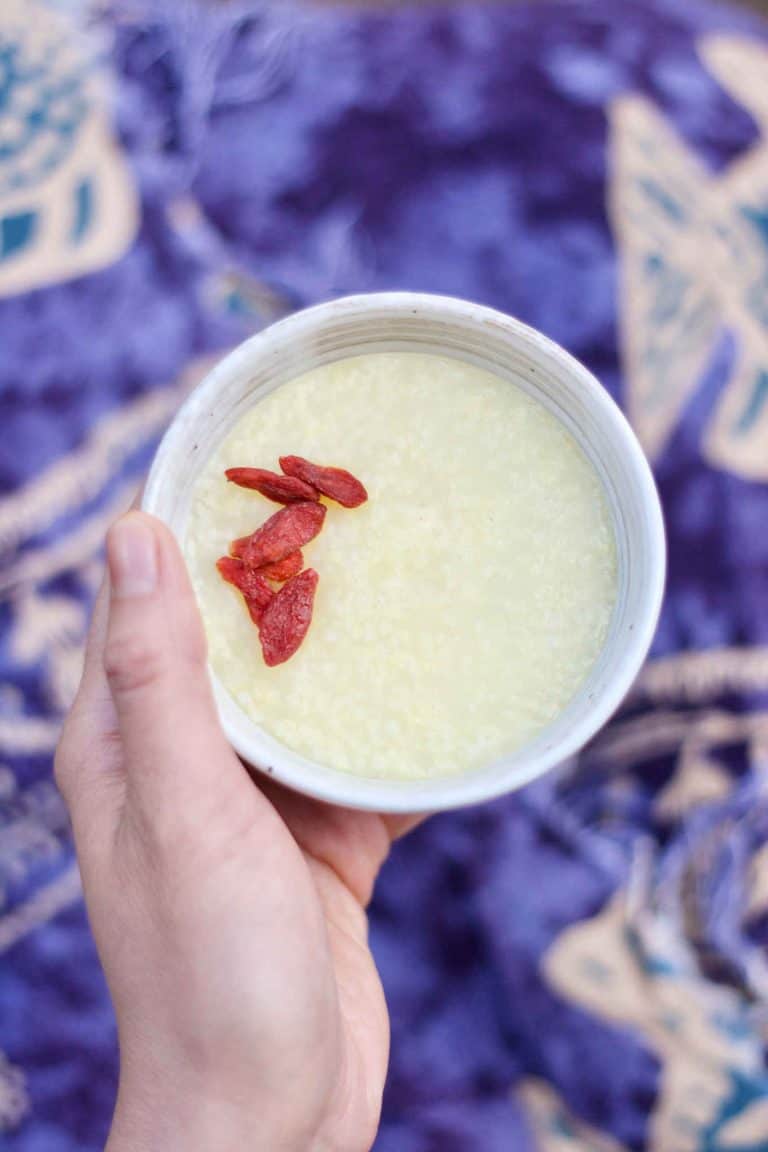
~~~
Foxtail Millet Upma
Foxtail Millet Upma | Thinai Arisi Upma
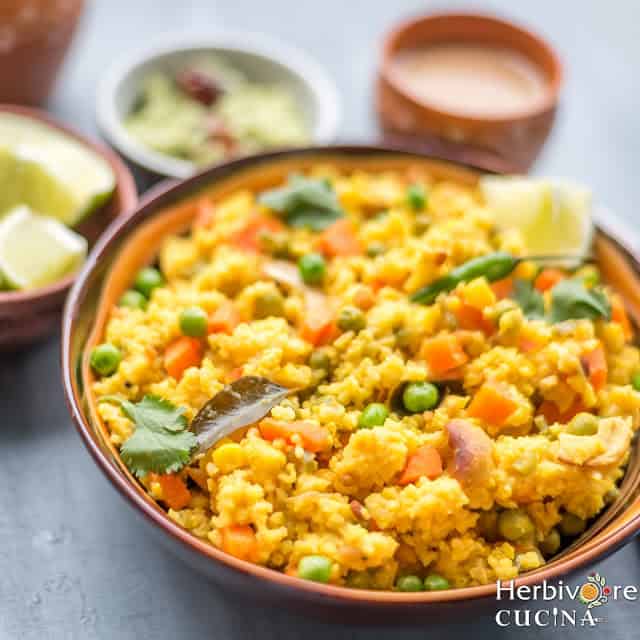
~~~
Proso Millet and Green Gram Dosa
Proso Millet and Green Gram Dosa / Idli
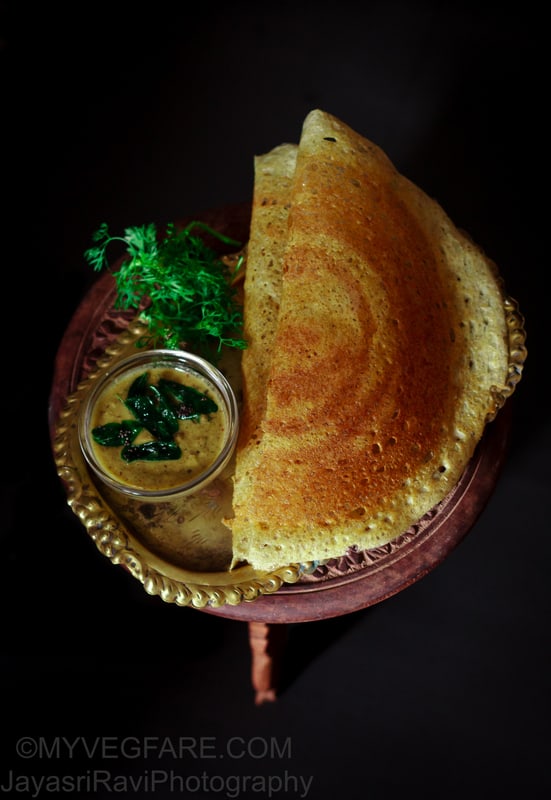
~~~
Uttapams with Cilantro Coconut Chutney
Instant Pot Uttapams Savory Indian Pancakes
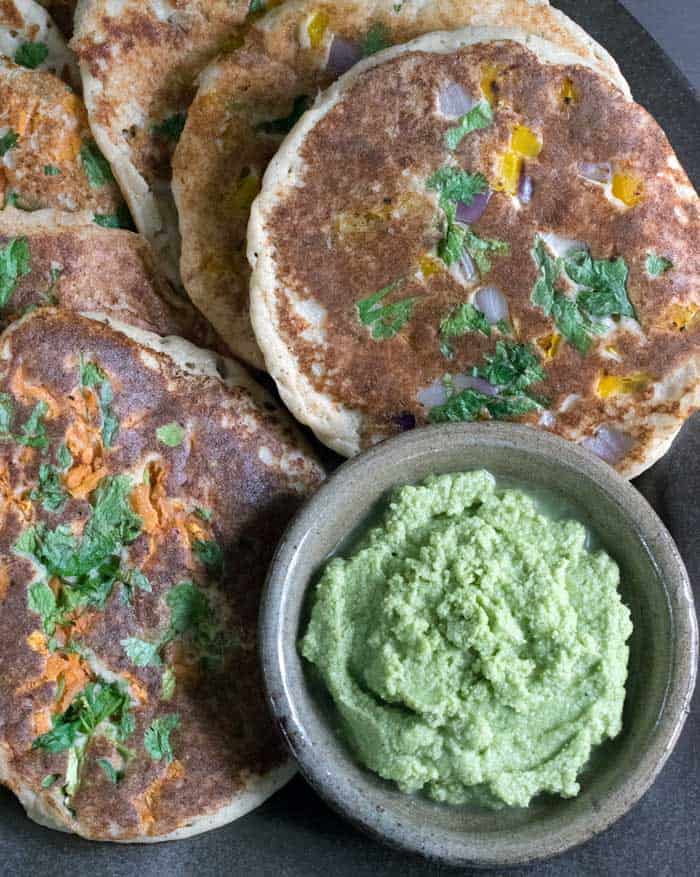
~~~
Millet Khichdi (Spiced Porridge)
Millet Khichdi
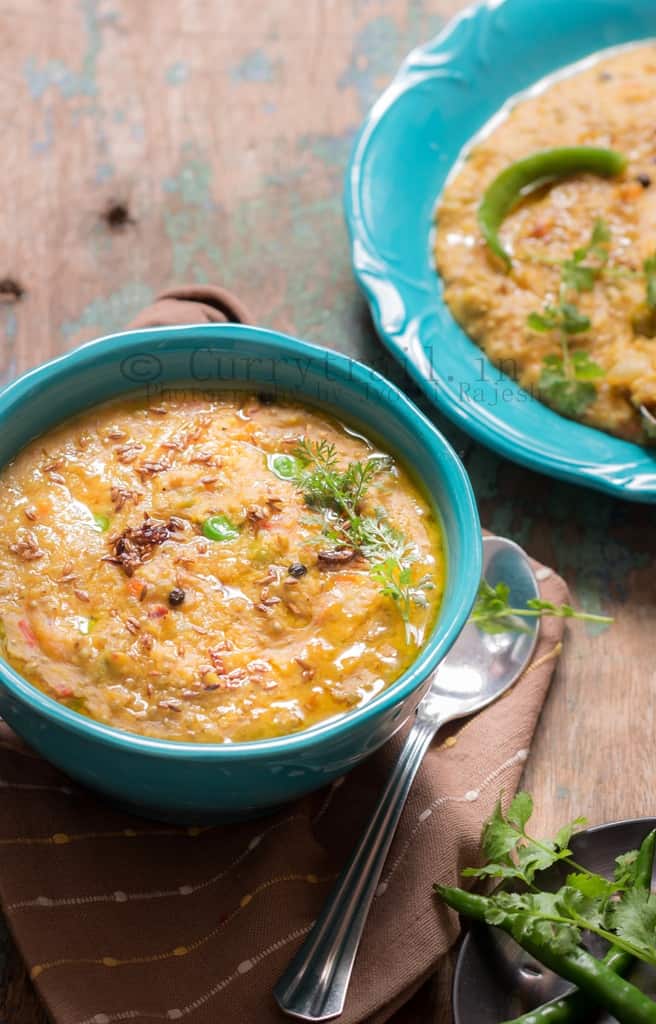
~~~
Millet and Buckwheat Bread
Millet and Buckwheat Bread {Vegan + Gluten-Free}
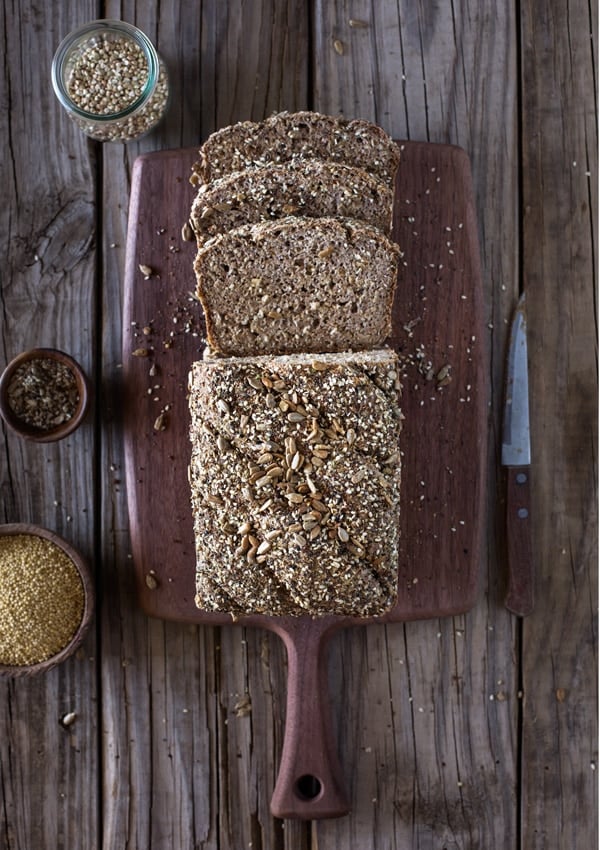
~~~
Finger Millet Flat Bread
Finger Millet Flat Bread
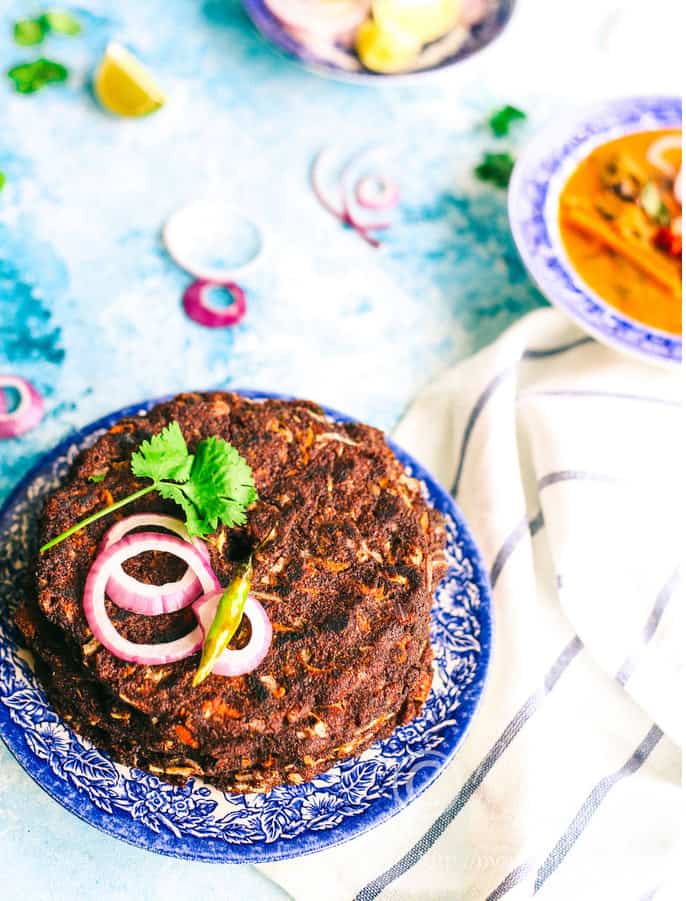
~~~
Millet Sandwich Bread
Gluten Free Millet Sandwich Bread Recipe
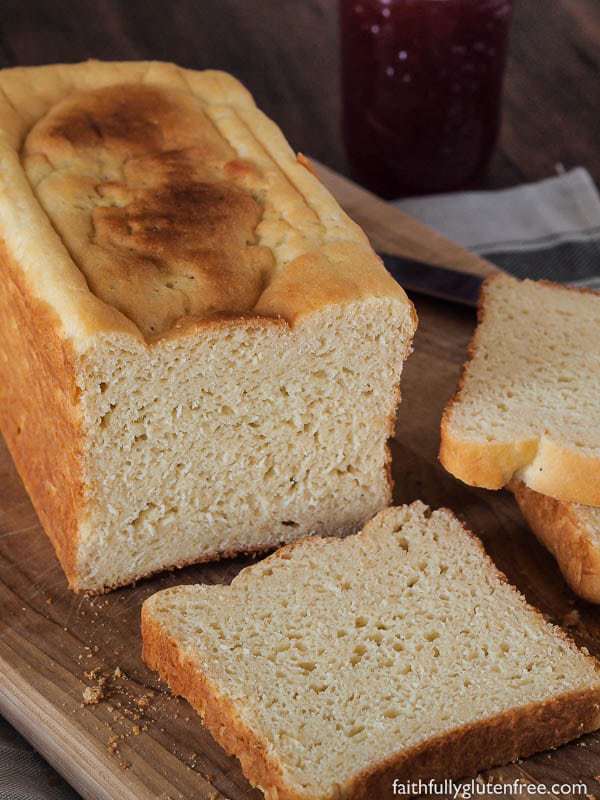
~~~
Sprouted Wheat Millet Sandwich Bread Recipe
Vegan Sprouted Wheat Millet Sandwich Bread Recipe
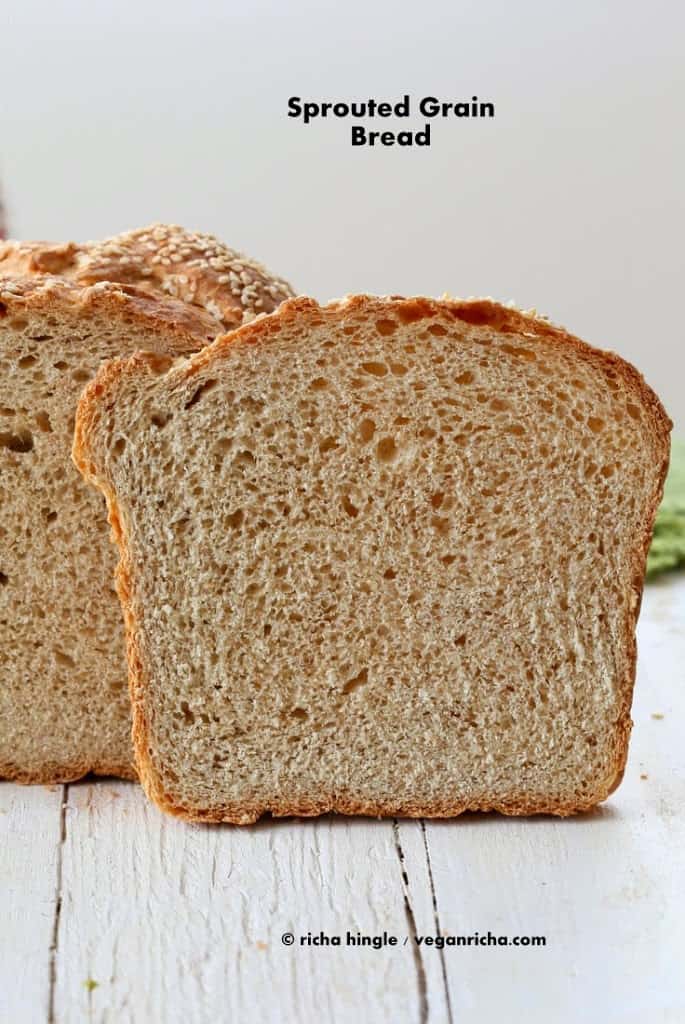
~~~
Pearl Millet Flat Bread
Bajra na Rotla - Millet Flour Flatbreads
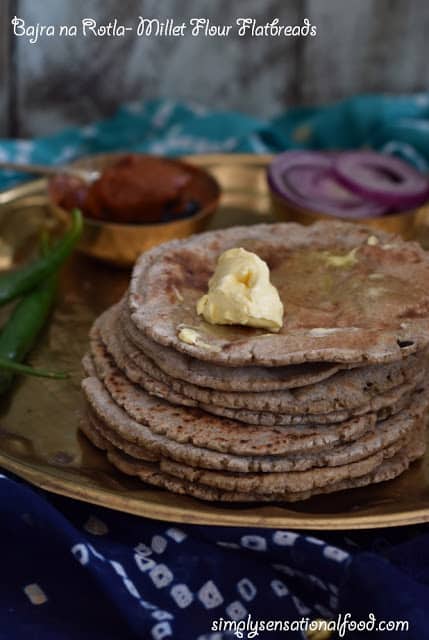
~~~
Oatmeal Millet Bread
Oatmeal Millet Bread
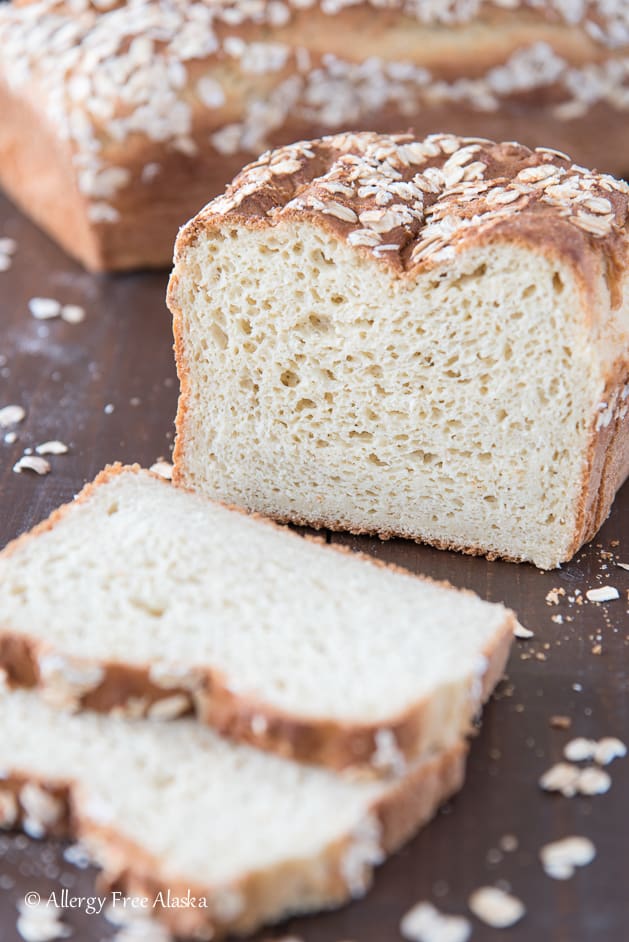
~~~
How to Cook Tasty Gluten-Free Job’s Tears
How to Cook Job’s Tears
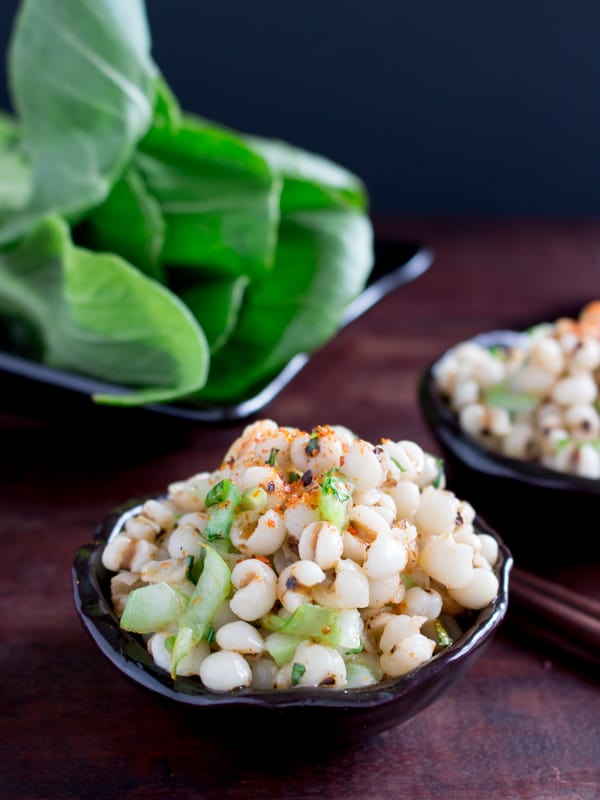
~~~
Barnyard Millet Fritters
Barnyard millet and potatoes
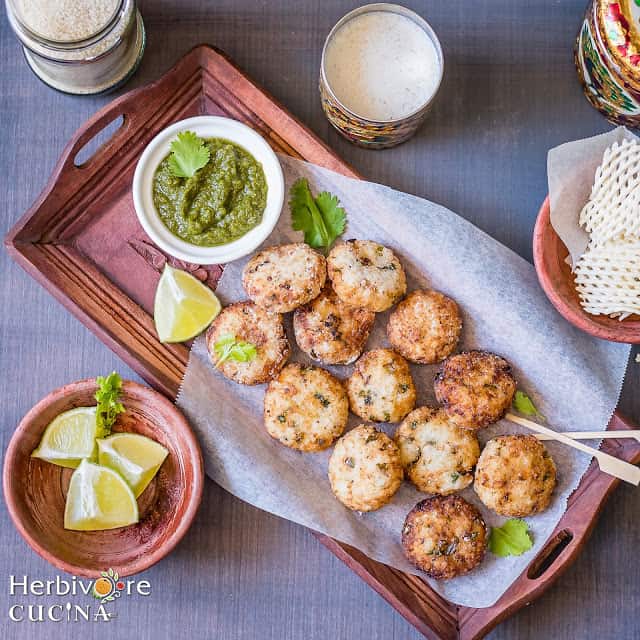
~~~
Cranberry Bean, Millet, and Bulgur Chili
Vegan Instant Pot Cranberry Bean, Millet and Bulgur Chili
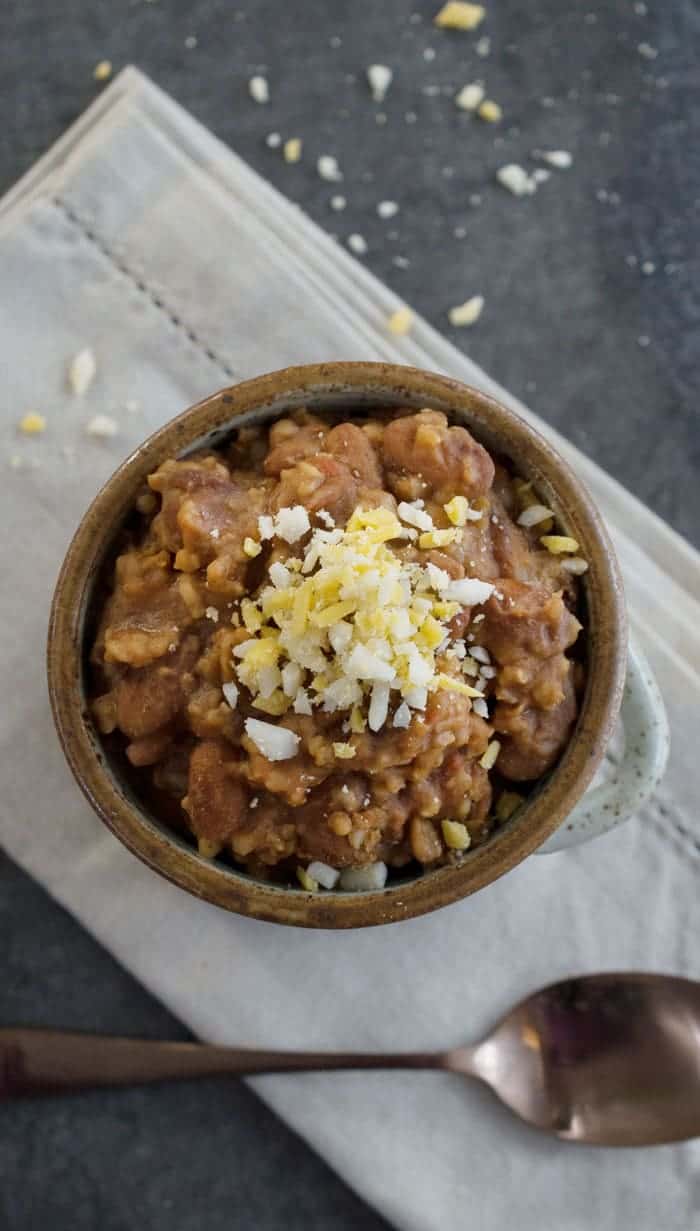
~~~
Kidney Bean Millet Beet Burger
Kidney Bean Millet Beet Burger

~~~
Barnyard Millet and Fox Nuts Pudding
Barnyard Millet and Fox Nuts Pudding
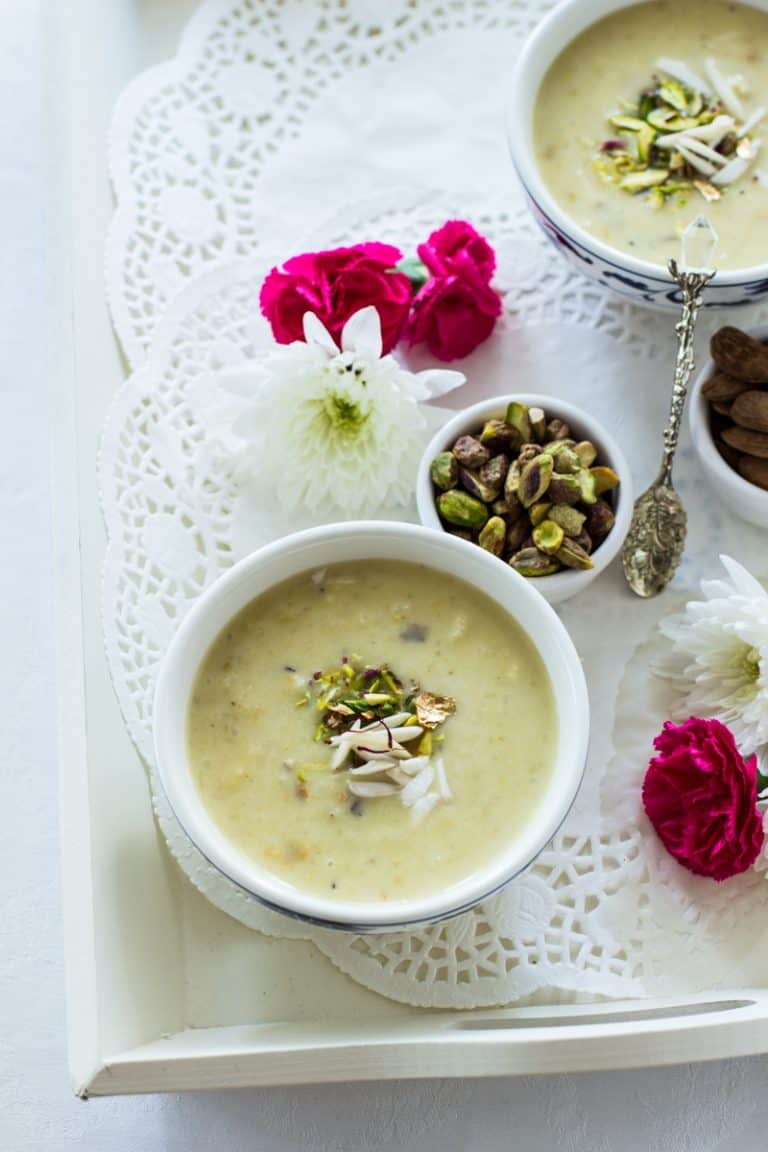
~~~
Pears with Brown sugar, Bourbon, and Millet
Pears with Brown Sugar, Bourbon, and Millet

~~~
Finger Millet Poppy Seed Cookies
Finger Millet Poppy Seed Cookies
